Dinner at Daniel Greysolon Sieur du Luth’s House
A couple of weeks ago I posted an explanation of how to get to Saint-Germain-Laval, France, the hometown of Daniel Greysolon Sieur du Luth, the person after whom the city of Duluth is named. I was not entirely sure if my own trip there would happen. It did, and that post has now been updated with more accurate information and a few explanatory photos for anyone in the future who might be interested in visiting.
In starting out on the trip, I wondered how often other people from Duluth find themselves in that part of France. I didn’t expect to have the question answered the moment I arrived at the main train station in Lyon in the form of an ad for an upcoming Bob Dylan concert.
Biking from the station in Balbigny to St.-Germain-Laval, went more or less as planned, although the road was occasionally busier than I would have liked.
As soon as I biked up the hill leading into town, I saw a sign directing me toward “Espace Greyzolon Duluth.” This isn’t his historical family home but rather a community center named after him. I felt suddenly a bit calmer in seeing the sign. I think that was in part from the confirmation that I had actually gone to the right small town in southern France and in part from the unfamiliar suddenly seeming a bit more familiar simply through the appearance of the word Duluth on an official traffic sign.
A few other notable people have come from St.-Germain-Laval, but as a town that has maintained a population of approximately 1,600 for at least the past 200 years, Sieur du Luth is definitely one of the better known. I enjoyed seeing the word “Duluth” pop up in various unexpected places, such as a community announcement board advertising dance lessons in the style of the Brittany region in the G. Duluth room.
When I arrived at the six-room Auberge des Voyageurs, a large lunch seemed to just be finishing in the main dining hall. It was unclear who was an employee and who was a guest until someone handed me a key and pointed me in the direction of upstairs. When I unpacked and came back down, I decided to ask for directions to Sieur du Luth’s house, not only to help me find the way but also as a starting point for explaining what I was doing in their town.
I only know a few words of French and no one downstairs seemed comfortable speaking English. Fortunately, the gesturing toward my hoodie with Duluth, Minnesota, emblazoned on it combined with the question, “Maison Duluth?” got the idea across. Someone said, “Ahhh … Le Mississippi!” I knew from a 1966 article that he’s inaccurately known in town as the first French person to have visited the head of the Mississippi River, so I nodded in agreement. And then this man and his wife, lunch guests at the hotel, motioned for me to come with them. They drove through the winding streets while I followed behind on my bike until we arrived at the historical family home of Sieur du Luth, located in one of the main squares right next to the city hall.
They offered to take a few pictures of me at my destination and then went on their way. The Streetview photos that I had seen before I left showed what seemed to be an empty run down building, but I found myself at a rather active café.
The woman working there was quite comfortable speaking English and explained that the former house was now a volunteer run café and restaurant called Le Cheval Blanc (The White Horse).
I made dinner reservations for 7 p.m. and then headed for my next destination, the Priory of Pommiers-en-Forez, a thousand-year-old monastery in the neighboring town.
According to the 1966 article I had read on Du Luth’s birthplace, somewhere on the walls of this monastery was the only remaining 17th century Greysolon portrait that is based on more than an artist’s imagination, the only painting that might depict what a member of the Greysolon family actually looked like. This painting was never fully authenticated but a French regional historian first thought it was of Daniel and then later with the help of others determined that it was more likely of his grandfather, Claude. The monastery is now a museum and I rather naively assumed that I could walk in, ask where the Greysolon family painting was, and take a photo. The young man selling tickets had no idea what I was talking about. I thought I could perhaps find the painting myself, but in touring the museum, I understood the employee’s confusion: almost all of the walls were completely blank.
I spoke with another staff member, a woman who had worked at the museum for some time, and she felt very strongly that the article was entirely wrong and no such painting had ever existed inside the walls of the monastery. At the time of the article describing the painting, the monastery was a retirement home for members of the clergy. The painting may have belonged to someone’s private collection. In any event, it is not there now, which would seem to mean that a black and white scan of a printed journal page showing a cropped 1950s photograph of a painting is the closest that we might be able to now get to knowing what someone from the Greysolon family actually looked like.

A copy of a scan of a printed article containing a photograph of a possible painting of Claude Greysolon.
I returned to St.-Germain-Laval to do a signposted self-guided walking tour of notable places around the historic city center. There are plenty of buildings still standing from the 17th century and earlier and the final post in this series will include some of these photos along with a general description of the town itself.
A brief but very heavy hailstorm resulted in me being a few minutes late, but just after 7 p.m. I arrived back at Le Cheval Blanc for dinner. The person who took my order had also been there in the afternoon when I was taking pictures and he gave me a bit more detailed explanation of how the restaurant operated. Apparently it opened just over a year ago. The house had been vacant for quite some time and was falling into continuously worse disrepair. It had become a bit like the Kozy Bar / Pastoret Terrace of St.-Germain-Laval. Concerned about the state of the building, the town bought it and invested a considerable amount of money in its restoration, including 200,000 euros just for cleaning and repairing the façade.
The town then rented out the building along with a couple of other spaces to a community group of young volunteers that run the restaurant and organize community events all under the name Le Cheval Blanc. During the summers, they also organize an outdoor concert series that is attended by hundreds of people from the surrounding towns.
The food at Le Cheval Blanc’s restaurant all comes from local famers and is prepared and served by volunteers.
Not unsurprisingly or unreasonably, the people volunteering at Le Cheval Blanc seemed more interested in the community aspects of the space than the historical ones. I asked if the downstairs area was the only space open to the public. I was told there was an empty room next to an office upstairs and above that it was all just a bunch of old rooms that hadn’t been remodeled, so there wasn’t much to see and I probably wouldn’t find any of it very interesting anyway, but I could have a tour if I wanted. I did want that and the guess was incorrect: I really enjoyed seeing all of the old spaces and tried to take as many pictures as I could with the light of the day fading.
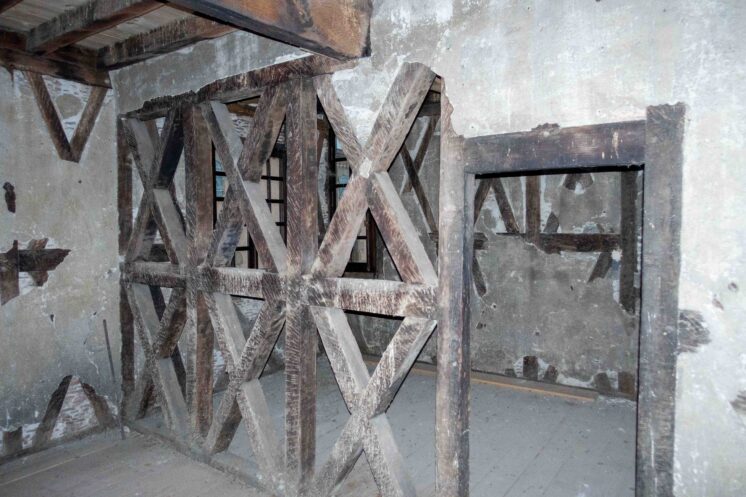
An unremodeled space on the third floor. The interior walls use the same half timber construction technique seen in the facade.
After the tour, I handed over some stickers and patches that I brought with me from various Duluth businesses that have Duluth in their name. I thought that would help give some context to where I was coming from. And that extra context might be a bit necessary. Everybody I talked with in the town had heard of Sieur du Luth, but in addition to the one person who associated him with traveling to the headwaters of the Mississippi, three others said, “Ahh … Duluth … in Canada!” People seemed to know a city was named after him, but not quite where it was. But perhaps some people in town will learn a little more about Duluth, Minn., because on the way out, after I explained that I would be writing about my visit, we put a Perfect Duluth Day sticker up on the top left corner of the community bulletin board in Du Luth’s old house. I also explained the website and encouraged them to post more of their own story.
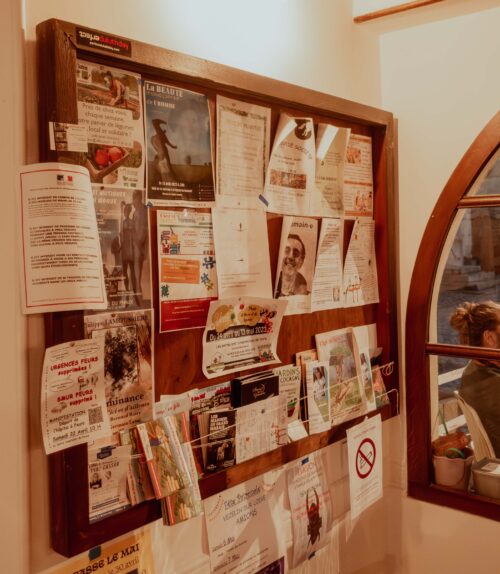
The community bulletin board, now including information about how to learn about perfect Duluth day’s in the upper left corner.
When I left for the night around 8:30 p.m. the place was still lively but I needed to be up early the next morning for the bike ride back.
In my previous post about planning the trip, I stated that I didn’t go to this place out of any admiration of Sieur du Luth, but more because his name is on my ID and I thought visiting his hometown might lead me to think more about the person behind the name that I encounter so often. I think my brief time in St.-Germain-Laval did accomplish that for me. Or at least it made me realize there are two far apart places in this world that have different but related stories of the same person woven into their local identities and as a result have the same person’s name embedded in different ways into their townscapes. I’m not sure if the visit led me to knowing any more about the person himself or the 17th century context in which he lived. His old family home has an informational plaque carved in stone, but when I got back and translated the French, it only raised some of the same issues that I had been thinking about before the trip.
The plaque, put up in 1954, reads: “Here is born in 1636 Daniel Greysolon Sieur du Luth – Explorer of Minesota [sic] – Peacemaker of the Native peoples [not a literal translation as that would require using a term the Washington Football Team finally distanced itself from in 2020] – Discoverer of the sources of the Mississipi [sic].”
Words like explorer and discoverer — and the term used for indigenous people — invoke not only a particular period of colonialism and imperialism but also how that period was framed by the people who created the sign in 1954. And it also reflects a time when you couldn’t Google things, as Wikipedia makes it pretty clear there is no record of Sieur du Luth ever having been to the source of the Mississippi.
The way Sieur du Luth was presented on the plaque in his birthplace made me curious about the information accompanying the statue on the UMD campus, a statue that I passed countless times on the way to my mom’s campus office as a kid. Because of that statue, I feel like I have always had some vague awareness of Daniel Greysolon Sieur du Luth. Without that statue, I’m not sure I would have been as interested in making this trip. Although as a child I never gave much thought to who the person on the pedestal actually was or what he represented. The idea that he was born anywhere at all never really occurred to me. All I saw was a funny looking guy holding a hotdog and pointing at something. Looking at the UMD statue’s plaque again provided me with some explanation for my childhood view of him as an abstraction who only existed in order to give my city a name: “Daniel Greysolon, Sieur du Luth, 1639-1710, for whom the city of Duluth was named.”
As historian Tony Diercken’s has noted, Du Luth did not found the city or play any role in its development. But his visit in 1679 did mark the starting point for a complicated and ongoing relationship between the people already living in the area and the many that would come after Sieur du Luth. In September 2019, the University of Minnesota Duluth decided to take a more active role in reflecting on that relationship, becoming the first campus in the University of Minnesota system to publish a land recognition statement:
We collectively acknowledge that the University of Minnesota Duluth is located on the traditional, ancestral, and contemporary lands of Indigenous people. The University resides on land that was cared for and called home by the Ojibwe people, before them the Dakota and Northern Cheyenne people, and other Native peoples from time immemorial. Ceded by the Ojibwe in an 1854 treaty, this land holds great historical, spiritual, and personal significance for its original stewards, the Native nations and peoples of this region. We recognize and continually support and advocate for the sovereignty of the Native nations in this territory and beyond. By offering this land acknowledgment, we affirm tribal sovereignty and will work to hold the University of Minnesota Duluth accountable to American Indian peoples and nations.
The university also provides additional context for the acknowledgement, stating:
Land acknowledgments do not exist in a past tense or historical context: colonialism is a current ongoing process, and we need to build the mindfulness of our present participation.
The statue standing in front of the university today reflects multiple moments of that colonial process: it depicts a person born in St.-Germain-Laval, France, who came to the area briefly in the context of the expansion of New France; it commemorates the renaming of Native lands by European settlers two years after the 1854 Treaty of La Pointe ceded those lands to the United States; and it reflects the campus values of 1965, having been unveiled three years before the American Indian Movement started in Minneapolis and four years before the University of Minnesota established the country’s first Department of American Indian Studies.
More than 300 years ago, a man from St.-Germain-Laval, France, relied on Native knowledge and support to briefly visit the head of Lake Superior in order to advance French commercial and territorial goals by meeting with some of the Native nations that had been in the area from time immemorial. Understanding why a representation of this particular 17th century person is on a pedestal, alone, on a university campus requires a lot more information than the plaque provides; it requires asking questions about the period in which Sieur du Luth lived; the period in which the city was established; the period in which the statue was unveiled; and the period in which we live now. I’m writing this without the adequate knowledge to answer those questions and while still processing what I should make of my own trip to his hometown (What does this person mean to me? Whose stories deserve attention and why am I telling this one?). All I know is that a month ago, when I saw the name of the city, I didn’t think of a person. And now I do. The city adapted a person’s name and took it as its own, but does that act create a meaningful relationship between the place and the person? I don’t know, but I know that I’ll never go back to thinking of that statue as just representing a guy with a hotdog pointing off into the distance.
Recommended Links:
Leave a Comment
Only registered members can post a comment , Login / Register Here


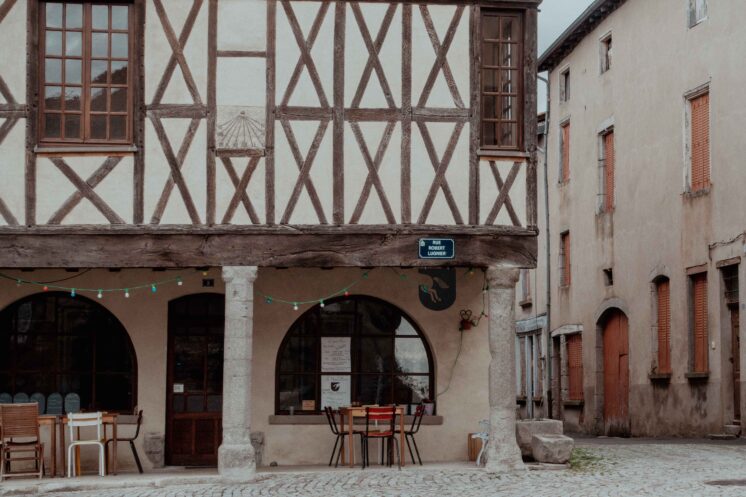
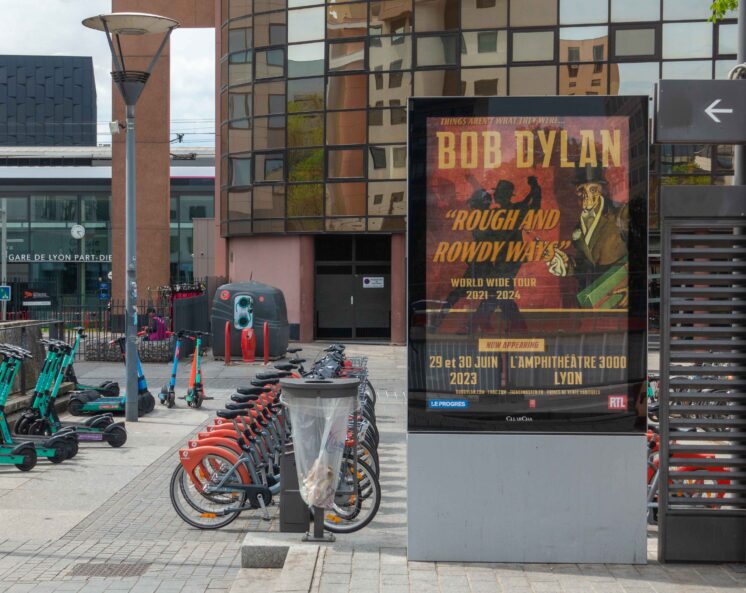
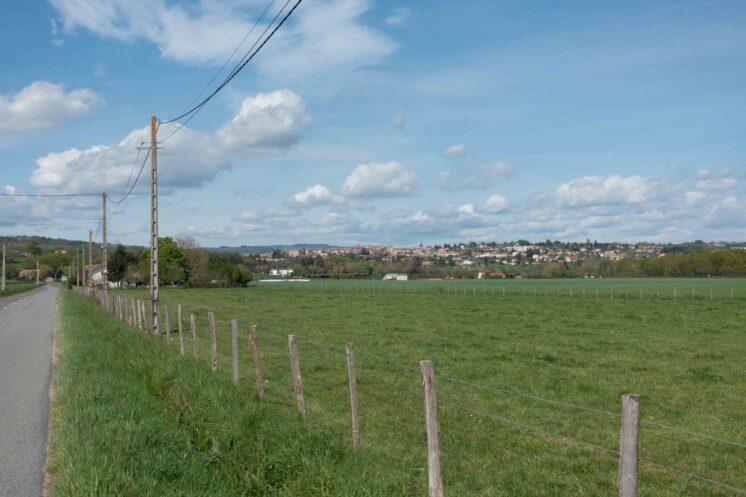
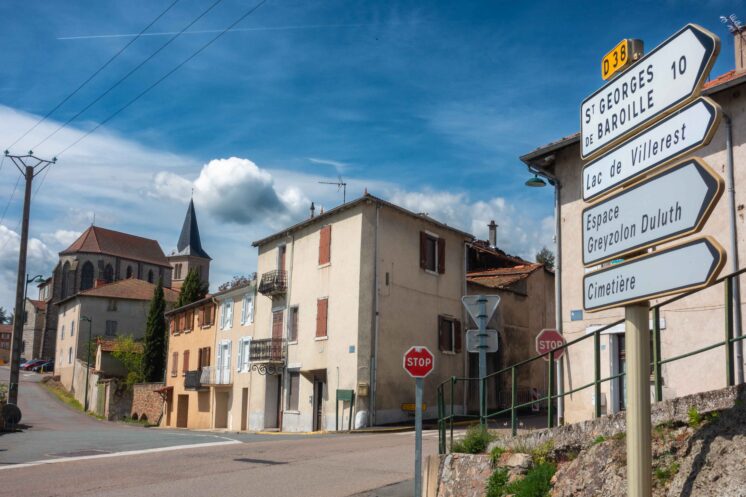
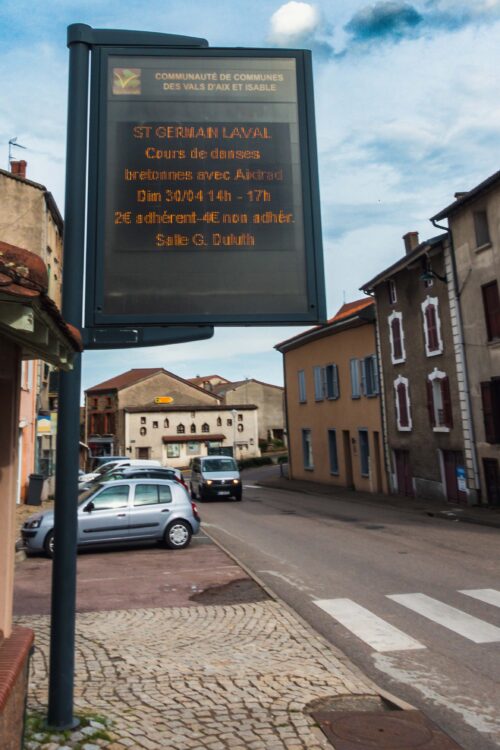
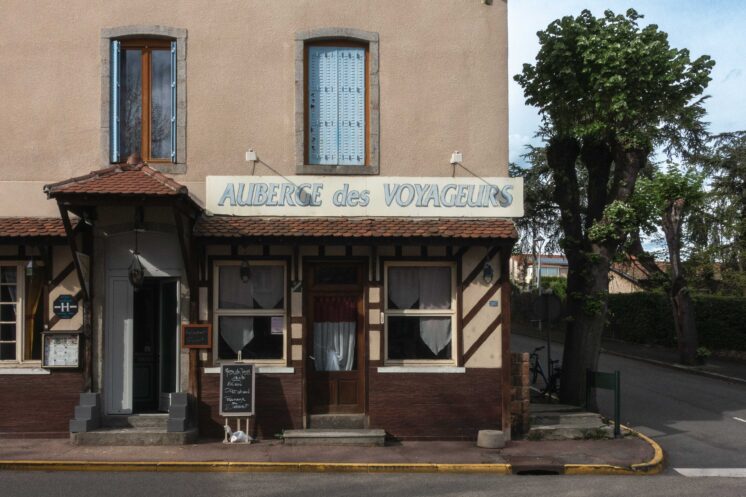
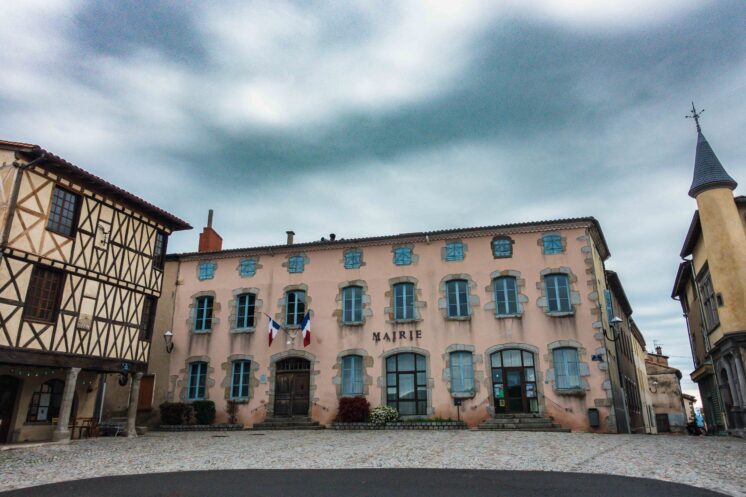
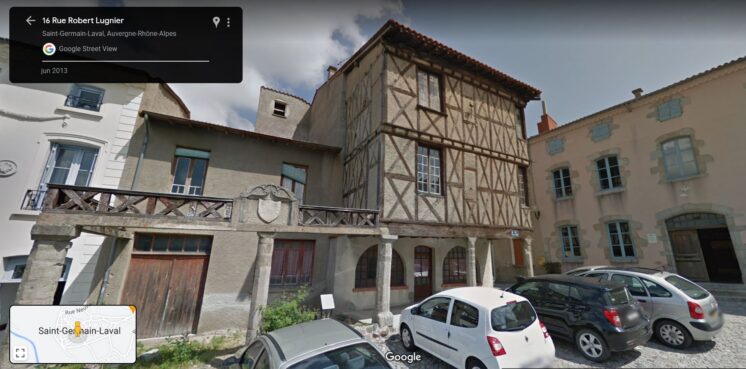
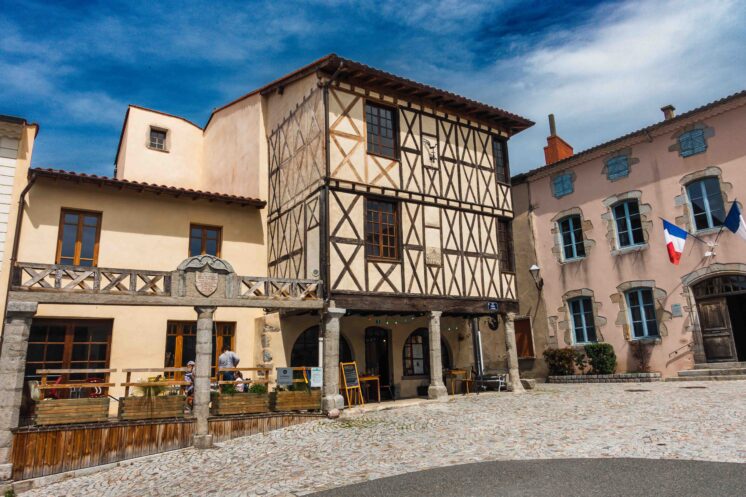
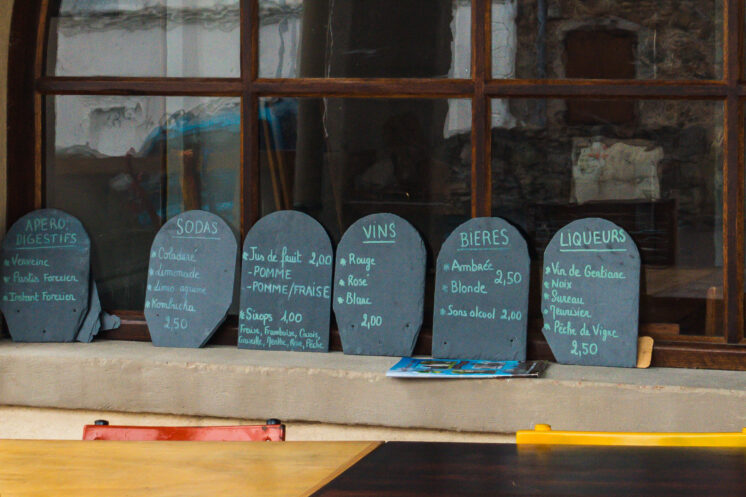
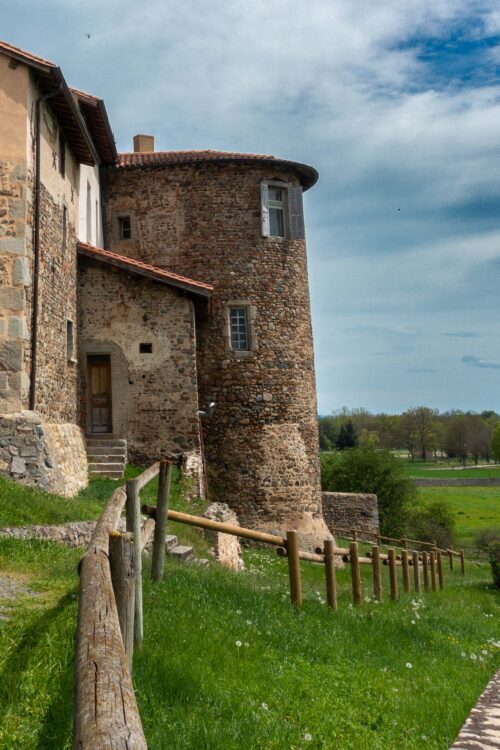
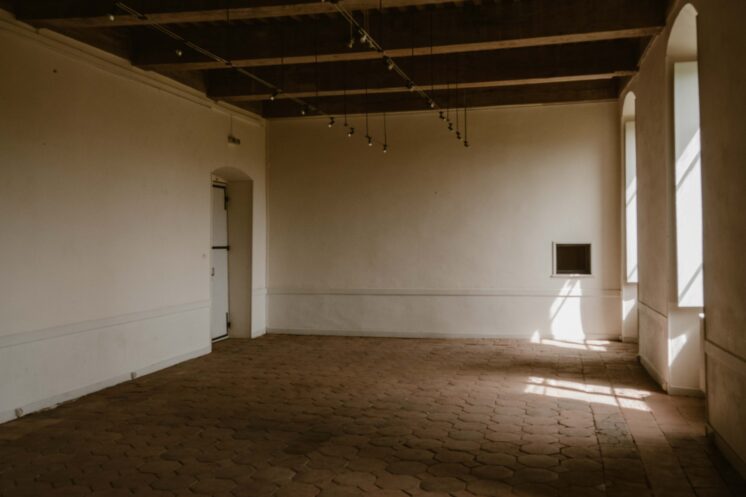
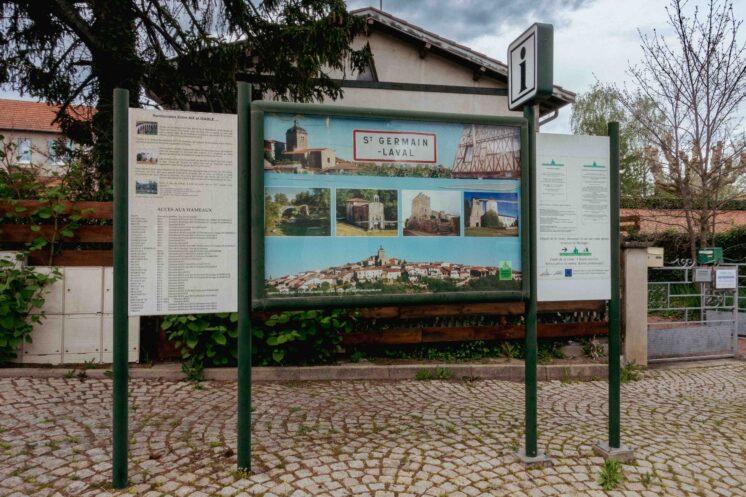
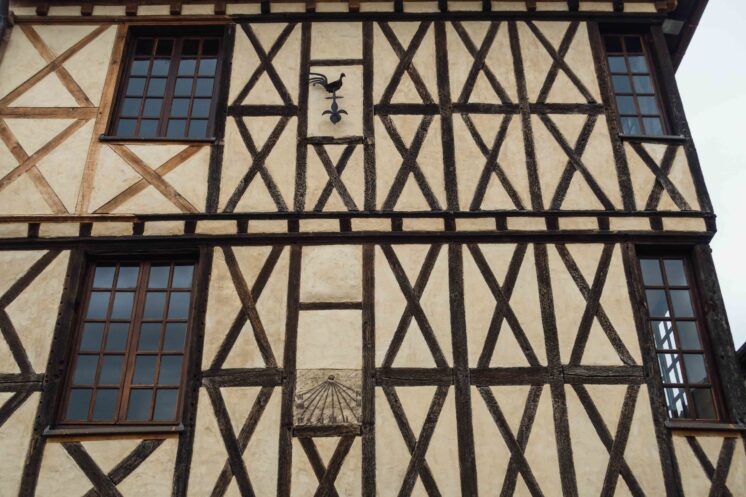
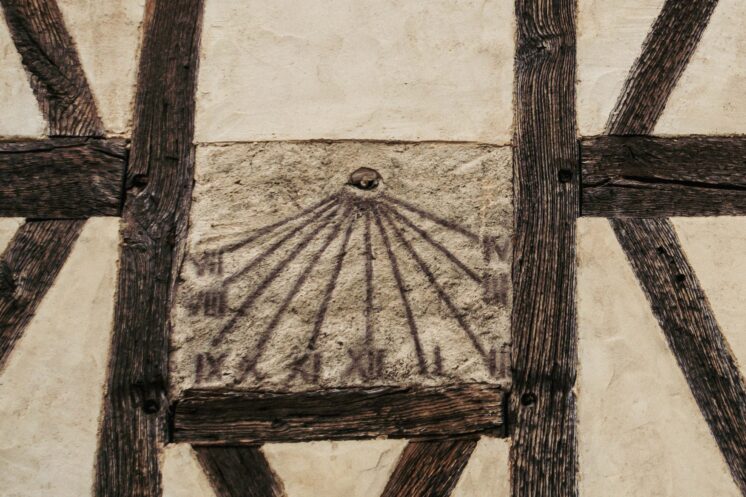
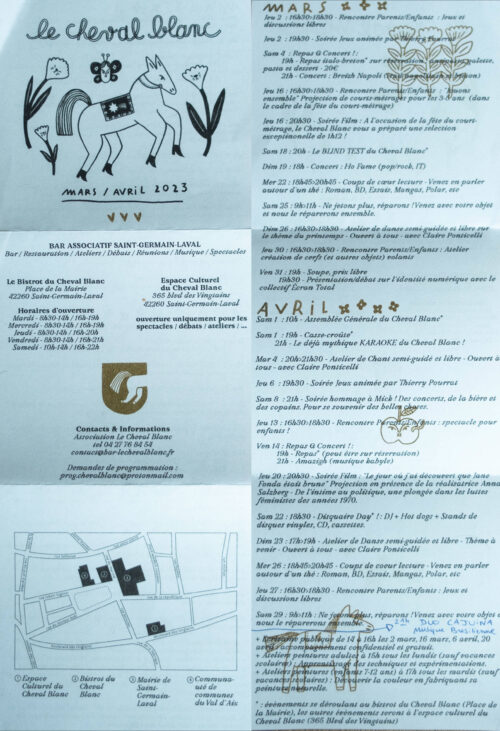
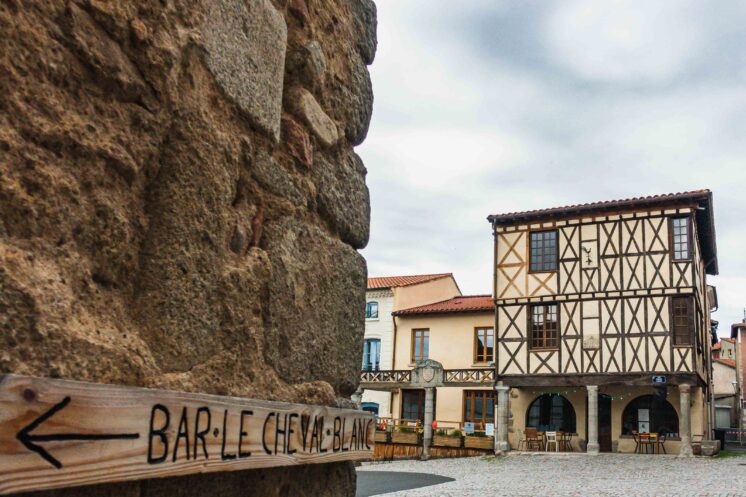
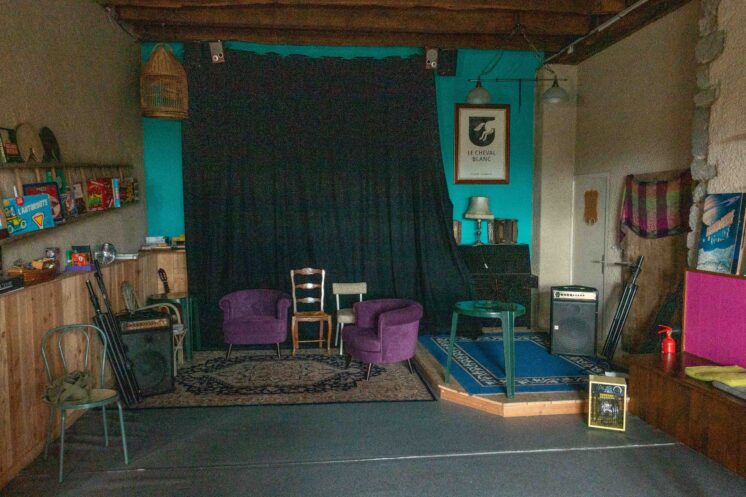
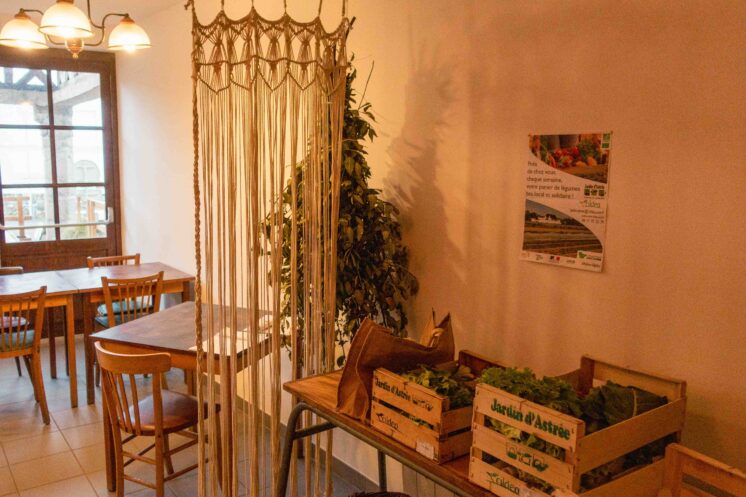
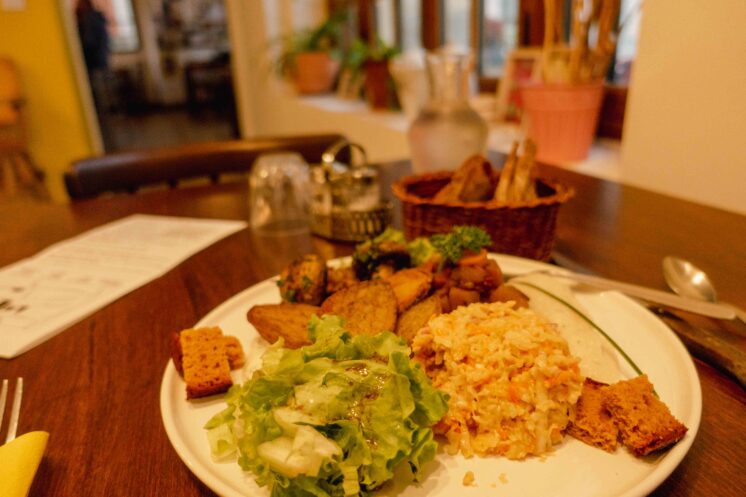
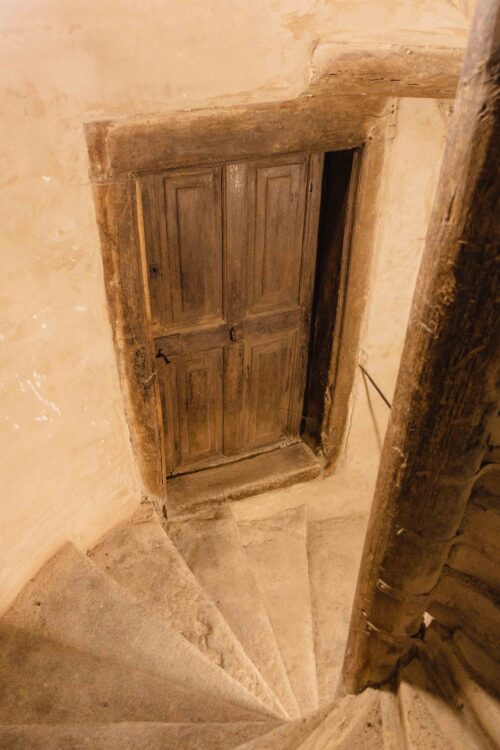
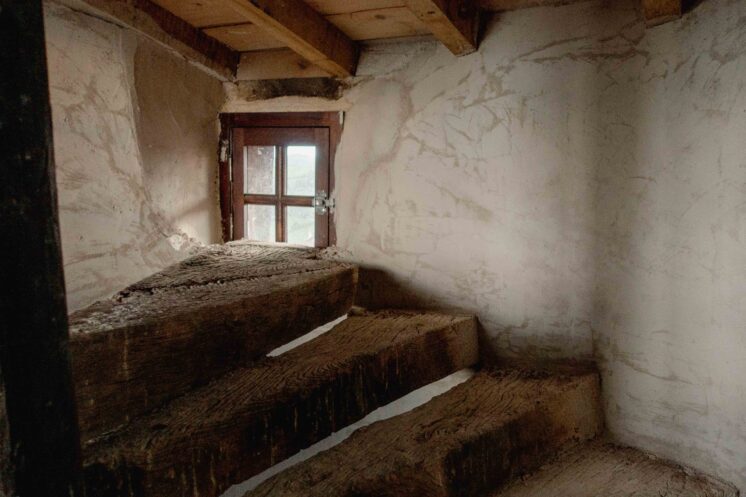
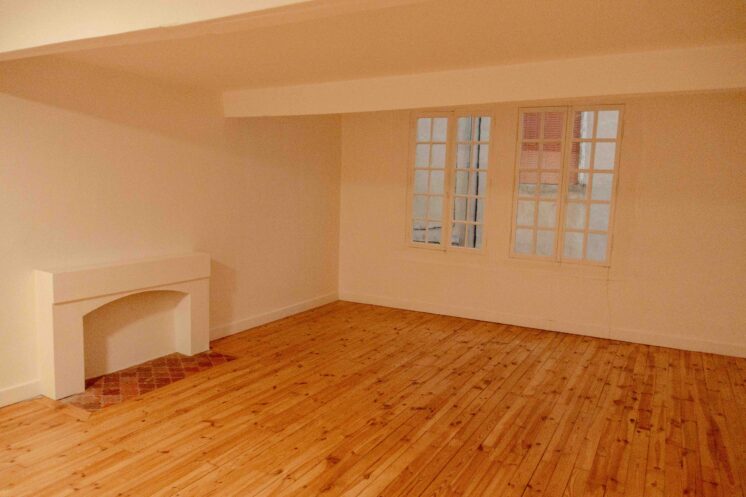
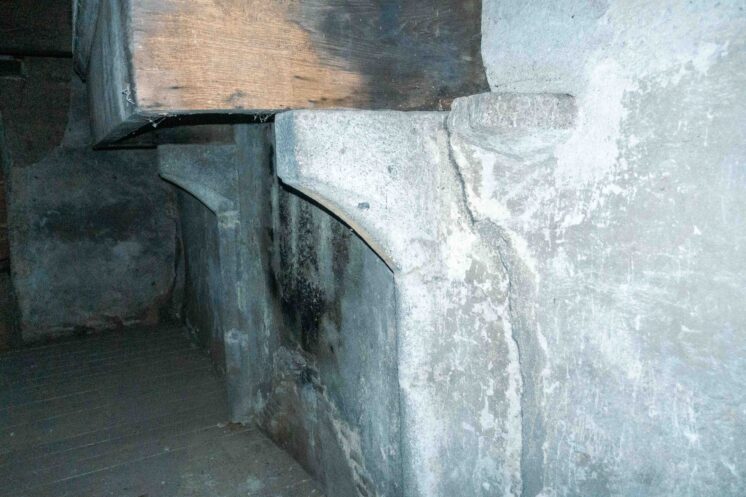
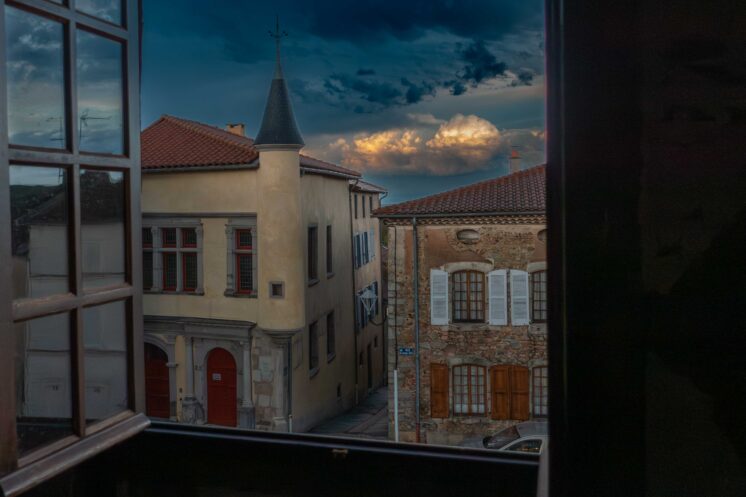
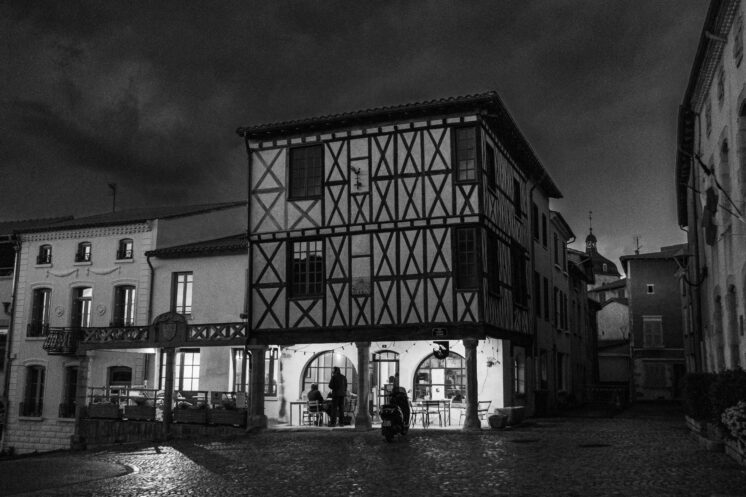
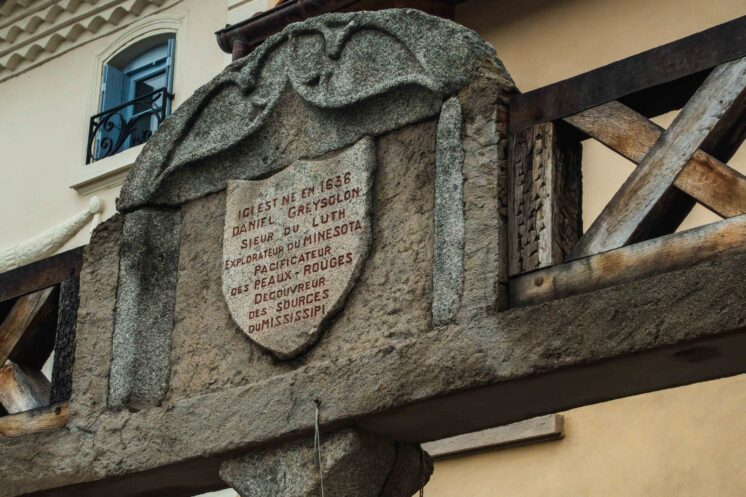
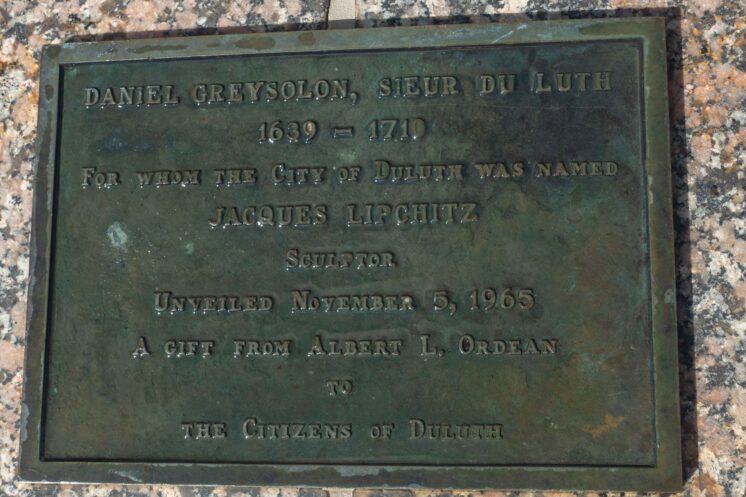
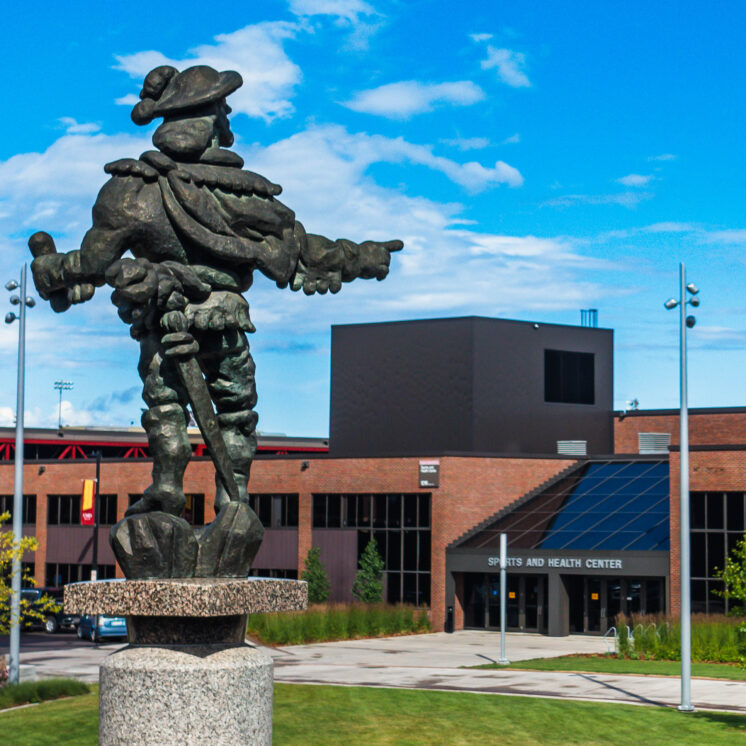


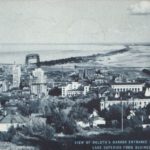









4 Comments
Chester Knob
about 2 years agoMatthew James
about 2 years agoSaint-Duluth
about 2 months agoMatthew James
about 2 months ago